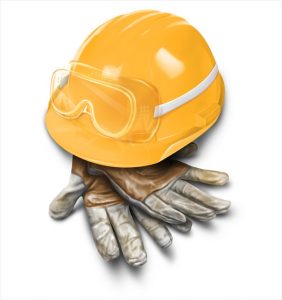
One of the major focuses in the construction industry is safety. After all, the very nature of the job requires that workers use potentially dangerous equipment in harsh situations. However, while periodic training and providing the proper safety gear can help reduce injuries, the real answer is to create a culture of safety among the workers themselves. There are several actions that employers can take to help develop this type of culture in their own construction workforce.Create a Safety CommitteeEmployers can only remedy potential safety issues if they know about them. That’s why it’s vital that every construction group have a safety manager that oversees a safety committee. While the safety manager will drive the implementation of safety initiatives, the safety committee plays an even more important role. This committee should be comprised of workers at all levels who meet regularly. At the meetings each member can bring up safety concerns and discuss new polices or procedures and their effects on the workforce.
Identify Risks During Pre-Planning
The best time to prevent accidents is before they happen. That’s why every project planning session should include a risk assessment of potential safety issues and how to prevent them. These recommendations should then be compiled into a project safety plan just prior to the project start. The plan should identify the safety concerns and designate an individual who is responsible for implementing preventative safety measures as well as the measures that they are to implement.
Train Workers
Training is one of the most vital aspects to keeping workers safe. However, to create a true culture of safety, employers should provide proper equipment and safety training prior to each project start, not just at new hire orientation.
Celebrate Success and Penalize Failure
Celebrating safety successes is just as important as penalizing failures. To reward successes, consider offering free lunch or ice cream when workers have a reaches a set number of accident-free days. Conversely, when safety failures occur they must be penalized. However, it’s vital that the business penalize not only the worker who violated safety protocol, but also their supervisor and other staff who also failed to follow protocol.





